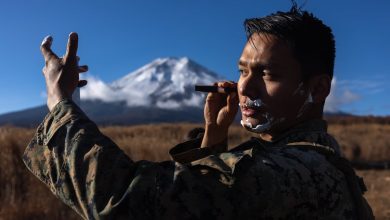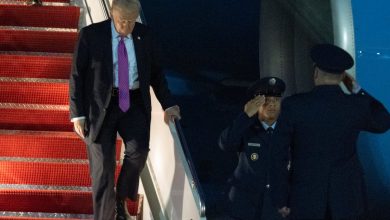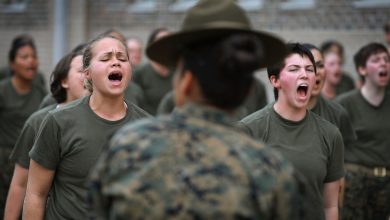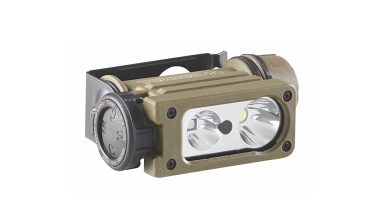Fighter pilots integrate drones into air combat training
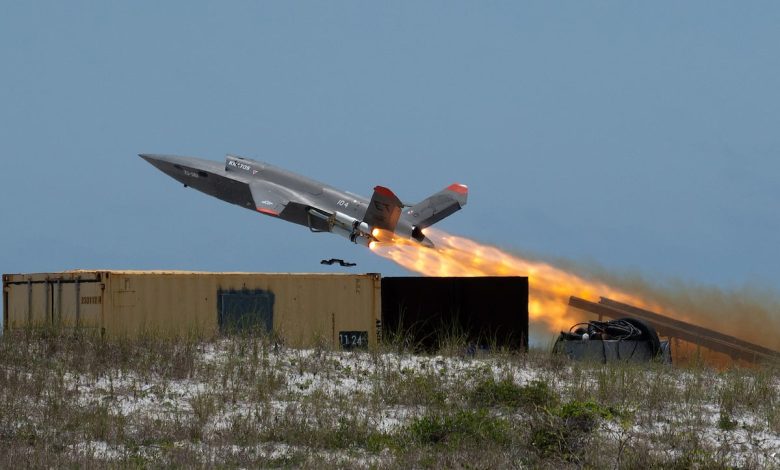
U.S. Air Force fighter pilots integrated two Kratos XQ-58A Valkyrie drones into an aerial combat training exercise at Florida’s Eglin Air Force Base in what the Air Force has described as “a major leap in human-machine teaming.”
Pilots of an F-16C Fighting Falcon and an F-15 Strike Eagle controlled two Valkryie drones each while flying, wielding them while performing combat maneuvers. The pilots successfully used their skills in harmony with the unmanned aerial vehicles in realtime.
“With this flight, we mark a crucial step in developing capabilities that harness human-machine teaming to overcome complex threats and expand our advantages,” Brig. Gen. Jason E. Bartolomei, commander of the Air Force Research Laboratory, said in a release.
“By developing and integrating autonomous platforms with manned systems, we can quickly adapt, increase combat effectiveness, and reduce risk to our aircrews in contested environments.”
The Air Force Research Laboratory executed the training event alongside the Air Force Test Center, Air Combat Command and the U.S. Navy, with support from the Office of the Undersecretary of Defense for Research and Engineering.
The Valkyrie is a relatively low-cost and lightweight tactical UAV that can be operated remotely. It is extremely resilient, capable of performing a wide array of missions. During this exercise, the Valkyries served in a “loyal wingman” role to the fighter pilots, effectively functioning as partners.
The drones can also be used for stealth surveillance, as they can fly long range at high-subsonic speeds, and have interior bomb bays and wing stations that lend themselves to modification for different types of operations. They require no runways or airfields to operate successfully. They can also fly in swarms and deploy in formations.
“We are committed to innovation and integrating ACPs [autonomous collaborative platforms] through these kinds of demanding, operator-driven evaluations that allow us to learn rapidly and enhance our human-machine teams,” said Gen. Ken Wilsbach, commander of Air Combat Command.
The test comes amid increasing exploration of unmanned systems as both a modernization and a cost-cutting measure by the Department of Defense. The U.S. Navy recently integrated robotic vessels into a key Baltic warfighting exercise and earlier in May conducted two unprecedented unmanned weapons tests.
Zita Ballinger Fletcher previously served as editor of Military History Quarterly and Vietnam magazines and as the historian of the U.S. Drug Enforcement Administration. She holds an M.A. with distinction in military history.
Read the full article here




